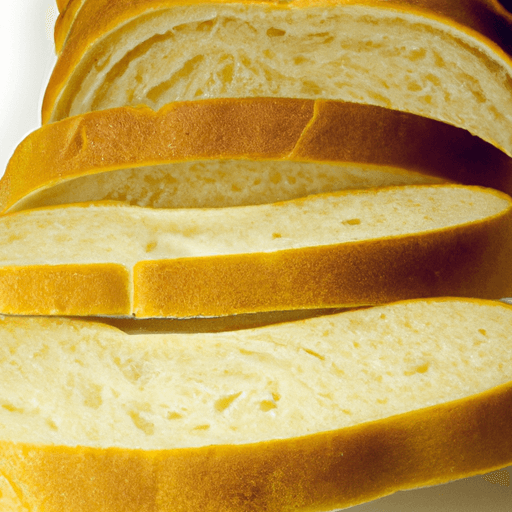
Bread Mold: The Experiment
Medium

Have you ever wanted to know what happens when you leave a slice of bread out for a few days? In this experiment, you will observe the rate of growth of bread mold in different environments. You will compare the growth of mold in a dark and damp place, in normal room conditions, under the hot sun, in an airtight plastic bag, and in a refrigerator.
Hypothesis
The hypothesis is that bread mold will grow more quickly in warm and damp environments.
Method & Materials
You will prepare 5 slices of bread in different environments and observe the rate of growth of bread mold.
You will need 5 slices of bread, some water, an airtight plastic bag, a refrigerator, and a magnifying glass.
Results
The results showed that the bread kept in the dark and damp place was the first to exhibit signs of mold. The bread kept in the refrigerator took the longest for the mold to appear. This proves that bread mold will grow more quickly in warm and damp environments.
Why do this project?
This science project is interesting because it shows how quickly bread mold can grow in different environments.
Also Consider
Experiment variations include baking the bread at high temperatures before starting the experiment, and using different types of food like biscuits or cooked rice.
Full project details
You can find additional information and details for this science fair project here. Have fun exploring!Related video
Hey there! Here are some awesome videos about this science project that we think you'll really like. They're not only super fun, but they'll also help you learn more about the science behind the project. So sit back, relax, and get ready to have some fun!!
Share this Science Project:
Related Science Fair Project Ideas
Have you ever wondered how to make bread last longer? In this science project, you will find out how adding fruit paste to bread can help preserve it!
Medium
Have you ever wanted to grow your own yeast fungus? Now you can! In just two days, you can measure the amount of carbon dioxide released during the growth of ...
Medium
Let's find out how different temperatures affect the growth of fungi!
Medium
Share this Science Project:
